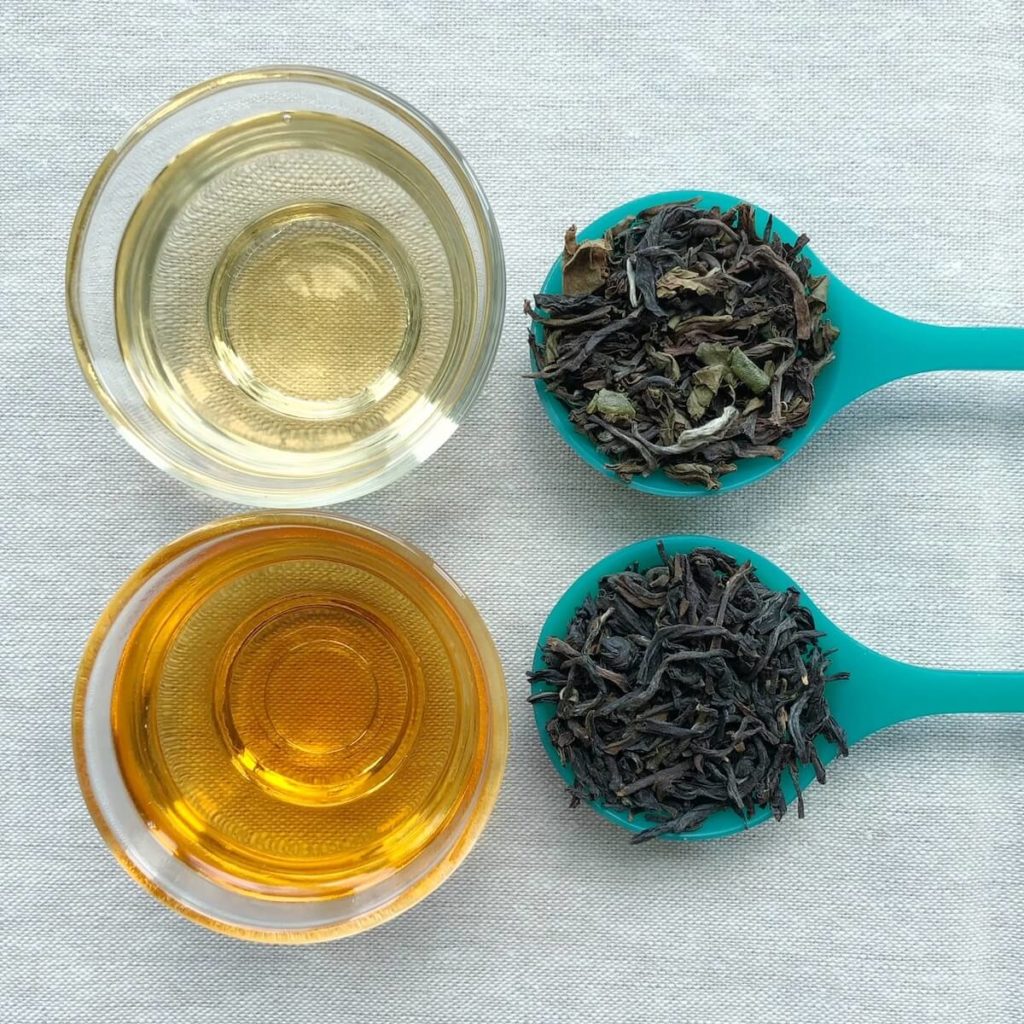
When I started exploring tea-producing areas, one concept that perplexed me was why it mattered what time of the year a tea was picked. Since we’re at the end of the second harvesting season in some parts of the world, it seemed like a great time to do a quick dive into the topic to understand why.
Tea farming and production are areas I am still learning about to this day. Therefore, whenever I have the chance, I will taste multiple teas from the same producer or the same type of tea produced differently. Another factor that affects the final taste of the tea is when it is picked.
All tea is grown from Camellia Sinensis, an evergreen shrub/tree native to East Asia. As an evergreen, the plant maintains its leaves all year round and has more than one growing season. The tea plant is dormant over the winter months, so the most common picking seasons are spring, summer and fall (such as India, Nepal, and Sri Lanka), and occasionally winter in some countries (such as Taiwan). Depending on where in the world, the months and dates of the picking season will differ. Between harvests, the plants will be lightly pruned and trimmed and left to regenerate and rest.
Spring is when the new buds of the tea plant grow. Since the plant has had the whole winter to hibernate, the new leaves have the highest concentration of nutrients the plant needs to survive. As the seasons pass, the leaves grow larger and coarser as the plant uses the nutrients to support itself. Therefore, by autumn, the plant has used up most of its resources and the leaves have grown large and therefore there is less flavour when the leaves turned into tea. In countries like India, Nepal, and Sri Lanka, these picking seasons are called “flushes”. Below are the picking seasons for Darjeeling, India:

- First Flush starts in the springtime generally between mid to the end of March. The new shoots are picked, and it is seen as the most prized since the yield is the smallest. The flavour is grassy, and floral with hints of fruit.
- The Second Flush is generally from the end of June to mid-July and has a higher yield volume. There is a pause (banjhi) after the harvest to allow the plants to regenerate. The flavour profile is less grassy than the First Flush and leans more nutty, woody, and fruity like muscatel grapes.
- Finally, after the monsoon season, in October and November is the Autumn Flush, which is the final harvest of the year. The taste of the tea is more woody and malty.
I ended up doing a tasting of 2021 First and Second Flush from a single tea estate, Gopaldhara Tea Estate. The First Flush was picked on April 17th and the dry leaves were more green in colour with some silver buds. The liquor brewed into a pale yellow colour with a slightly grassy and floral flavour.
Whereas the Second Flush was picked on June 9, 2021, and the leaves were darker brown/black colour. The liquor was golden brown and was more woody and malty with some briskness at the end of the sip. I sadly was unable to get an Autumn Flush, but in my experience, they tend to be more malt in flavour.
Overall, I hope this breakdown of flushes was interesting to you! I highly suggest trying to get teas from the same area and compare the tastes for yourself to see the colour and taste profile! I am excited to bring everyone to other parts of the world in the future!
Sources:
- Kevin Gascoyne, Francois Marchand, Jasmin Desharnais, Hugo Americi’s
- Jane Pettigrew’s World of Tea: Discovering Producing Regions and their Teas
- Linda Gaylard’s The Tea Book: Experience the World s Finest Teas, Qualities, Infusions, Rituals, Recipes
The question of the post: Which flush would you taste?
Liked this Guide to Harvesting Seasons in South Asia? Pin it!

